All about microfertilizers

For the full growth and development of all living things, proper nutrition is necessary. A man found the opportunity to get the right products with his own hands, growing a variety of plant crops. To ensure good growth and stable yields, fertilizers were needed to saturate the soil and maintain its fertility. Due to the wide variety of microfertilizers, it is necessary to know what is used and in what cases, how it is correctly used and for which crops.
Characteristic
Microfertilizers - these are important nutrients, without which plants will not be able to actively grow and bear fruit. These additives are actively used by people to raise yields and preserve the nutritional value of the soil.
To find out how to use these substances correctly, for which crops to apply and how exactly to do this, it is necessary to find out what microfertilizers consist of and how to choose them correctly.

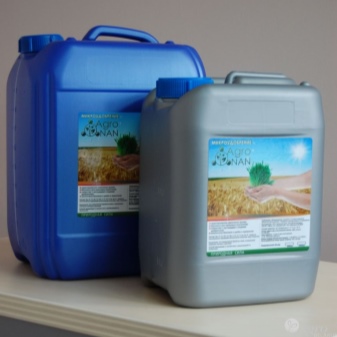
As part of micronutrient fertilizers, you can find various minerals and trace elements, which are needed for plants in small quantities, but without which their full growth and development are impossible. There is a division of such substances into:
- boric;
- copper;
- manganese;
- zinc.
If microfertilizer consists of two or more components, it is called polymicro fertilizer. These substances include:
- micronutrient salts;
- slags and sludge (as industrial waste);
- salt and glass alloys;
- organic substances combined with metals in a chelated form.
The demand for micronutrient fertilizers is great, because many companies are engaged in their production. And in order for the quality of products to be consistently high, there are standards for liquid and dry micronutrient fertilizers.

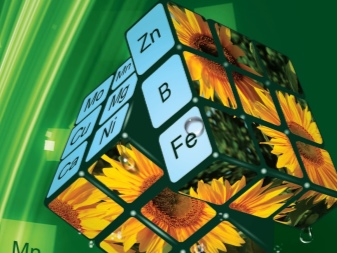
Views
The popularity and relevance of microfertilizers has allowed manufacturers to create new forms and combinations of additives, in connection with which it became necessary to classify these substances with respect to species diversity. There are the following types of supplements.
- Zinc. Zinc nitrate is used in calcareous soils for fruit trees to enhance the growth of healthy and strong buds and shoots. In addition, zinc can be used to fertilize soil for beans, soybeans, potatoes, carrots, etc.
- Manganese. Well suited for sandy soils, black soil and peat bogs, where beets, corn, potatoes are grown.
- Humates. These are fertilizers with potassium and sodium, which are a combination of trace elements and organic acids. They dissolve well in water, stimulate plant growth, neutralize toxic substances, although they are not a full-fledged source of trace elements.
- Inorganic acid salts. Slightly soluble in water, used only on slightly acidic and acidic soil, can have a toxic effect. These fertilizers are the least effective and inferior to all other types.
In addition, all micronutrient fertilizers have the main component, due to which a beneficial effect on crops is carried out.
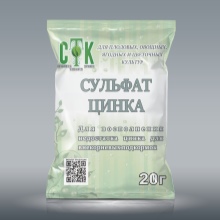
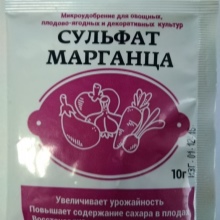
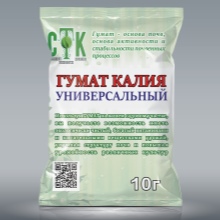
Borne
Microfertilizers with boron are recommended for use on peat and sod-podzolic soils. The additive showed the best results in the case of growing beets and root crops, had a good effect on seedlings of cabbage, legumes and flax, had a beneficial effect on fruit and berry crops. Thanks to boron, the activity of the growth point increases in plants, the risk of sun damage and the appearance of burns, pigmentation, and spotting decreases.The addition of additives helps protect the crop from diseases that lead to leaf curling.
Boron fertilizers are also of different types.
- Bura. This top dressing contains 11% boron and 40% boric acid. Can be used for seed treatment and spraying the first leaves at the beginning of the summer season.
- Boric superphosphate in two varieties: simple and double. It contains up to 0.4% boron. This fertilizer must be applied to the soil in the process of digging up the soil for sowing.
- Saltpeter with boron. It is used for almost all plant crops, makes it possible to combat the appearance of rot and scab, prevents the appearance of spots on fruits, and has a beneficial effect on the taste of food.
Buying boric micronutrient fertilizers, you can protect plants from harmful factors and help them grow and bear fruit fully.


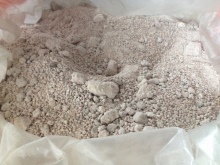
Zinc
The zinc content in soils is very small, therefore, without providing timely fertilizing, its amount will rapidly decrease. Best of all, this element enters the soil through solutions or through exchange forms. If the soil is rich in lime, then the assimilation of zinc becomes more laborious, since it is poorly soluble in water.
Crops such as apples, pears, grapes, citrus fruits, grains and some vegetables are especially in need of zinc fertilizers. At a low concentration of this substance, crops grow more slowly, develop sluggishly, foliage chlorosis or rosette leaves in fruit trees may appear.
In addition to the general strengthening effect on crops, zinc fertilizers contribute to increasing their yield. For example, the use of such additives in the process of cultivating the soil for a tomato garden allows you to increase the amount of vitamin C and sugar in fruits, protect against brown spot and improve yields several times.
Good results were shown by the use of zinc in a garden with cucumbers, cereals, fruit plants, which are sprayed until foliage appears.
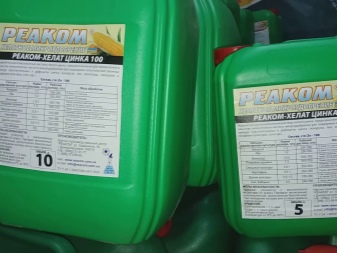
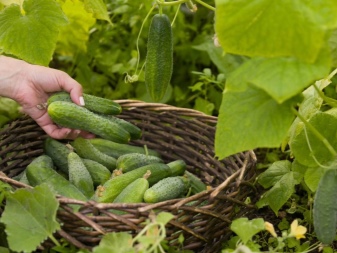
Manganese
The soil contains a fairly large amount of manganese. With bivalent oxidation, it dissolves well in water and is absorbed by plants, but with tetravalent oxidation it becomes difficult to assimilate for most green crops. In too oxidized soils, the substance accumulates in large quantities and can negatively affect plants.
If ammonia and nitrogen fertilizers are applied to the soil, manganese will begin to actively enter the plants. If you add lime or alkali, you can stop or reduce the process of entering the substance into green crops. In the case of a lack of manganese, the foliage begins to curl upward, after which chlorotic spots appear on it, gradually acquiring a brown tint and triggering the process of foliage dying off. Such signs often appear on wheat, barley, millet and oats. In some cases, the plant can be completely affected, which leads to its wilting. Most often, cherry, apple, raspberry, beetroot and oats suffer from this.
Manganese fertilizers can be used for root feeding and seed treatment, which will increase the amount of proteins, fats, vitamins, gluten and sugars.

Other
In addition to the above dressings, you can also consider copper fertilizers, which are introduced into peat soil located in lowlands and wetlands, where there is an acute shortage of this substance. Introduction copper necessary for fruit trees, due to which buds and foliage develop normally. In cereal crops, the yield can increase up to five times. Copper fertilizers give good results when sowing flax, sugar beet and sunflower.
Among the most common copper micronutrients are:
- copper sulfate, which contains 55% potassium oxide and 1% copper, necessary for the treatment of agricultural seeds and foliar feeding;
- pyrites are pyrite cinders with a copper content of 0.6%.
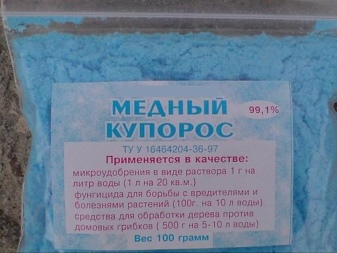
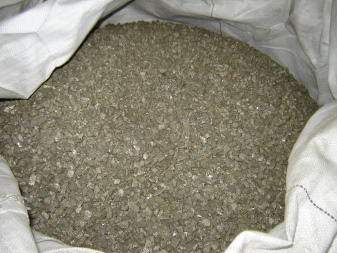
Usage copper micronutrient makes it possible to increase the level of protein in cereals, sugars and vitamin C in fruits and vegetables.
In addition, there is also cobalt fertilizersthat can be applied to the soil or treated with seeds. With a lack of this substance, the general condition of the plants begins to deteriorate and chlorosis of the leaves may begin. You can also mention iodine fertilizers, which are needed for healthy and full-fledged growth and development of plants. Their lack can cause a variety of diseases.
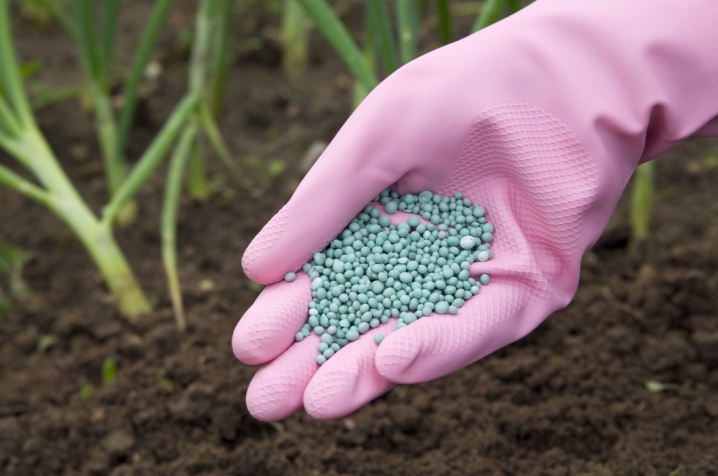
Manufacturers
Microfertilizers are an important component of the agricultural industry, therefore many enterprises are actively engaged in their production. Let's consider the most popular companies.
- PhosAgro. Russian company engaged in the production of apatite concentrate, phosphorus and nitrogen fertilizers, feed and technical phosphates.
- EuroChem. This is a Swiss company that produces nitrogen, phosphorus and complex fertilizers.
- JSC "Belaruskali". A Belarusian company that produces potassium chloride and complex fertilizers.
- Akron... Another Russian company that produces ammonia, nitrogen and complex fertilizers, and apatite concentrate.
- OJSC "Odessa Port Plant". Ukrainian enterprise that is engaged in the production of ammonia and urea.
- Rustavi Azot. Georgian enterprise producing ammonia, nitrogen fertilizers and ammonium nitrate.
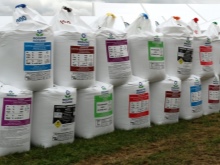
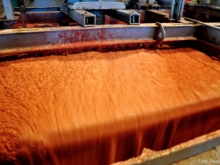
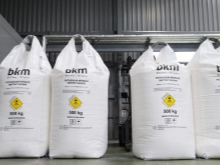
Each manufacturer monitors the quality of its products and adheres to production standards. Microfertilizer is the most popular in Russia Boro-N, which consists of readily available boron and amine nitrogen. It is recommended to use it for processing beets, rapeseed, sunflowers, legumes and potatoes, vegetables and fruit and berry crops. Due to its wide spectrum of action and compatibility with other preparations, Boro-N is a universal fertilizer.
How to choose?
To buy good fertilizers, you need to consider their composition. It must contain all the necessary elements: nitrogen, phosphorus, potassium, sulfur and magnesium. It is important to find an option in which all components will have the most balanced proportions. For a full effect on plants, fertilizers should contain from 5 to 12 microelements. In order to get a good result from exposure, it is important to consider the concentration of these substances.
There are a number of fertilizers that are adapted to a specific crop: some are most effective for sugar beets, while others are recommended for use in cereals. The influence of growth regulators on yields is not in doubt, therefore, correctly selected fertilizers will bring health to plants and high yields.
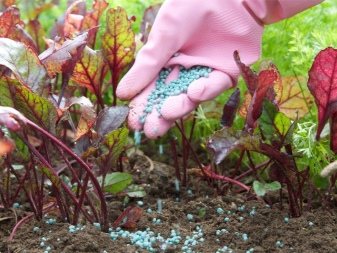
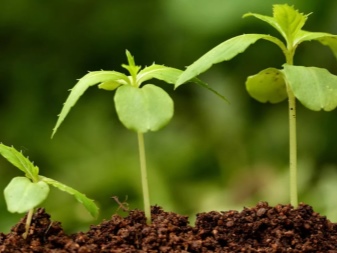
Application
Microfertilizers are used for a wide variety of plants, therefore, on each the package has instructions, which helps to use the substance correctly. Boron fertilizers must be diluted with water in a ratio of 1 g per 5 l of water, pyrite cinders are poured every five years in an amount of 50 g, copper sulfite is introduced in a ratio of 1 g per 1 m², copper sulfate - 1 g per 9 l of water, molybdenum fertilizers - 200 g per 1 ha.
Agromax Is a liquid fertilizer for spring wheat and grain crops, which allows spikelet crops to grow and develop fully. Fertilizer complex Ormiss designed for corn, "Reakom" used for legumes, Folirus Bor best for potatoes and Adobe Bor and Solubor - for flax.
Microfertilizer "Master" can be used for indoor flowers to feed them at the right time. The use of complex micro- and macro-fertilizers has a tremendous impact on the growth and development of all plants.With their help, you can increase the nutritional value of the soil, improve the appearance of the plant and its resistance to diseases, as well as stimulate productivity, which is the main goal of agriculture.

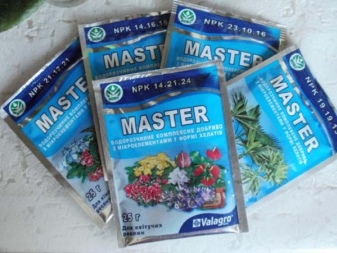
For the benefits of microfertilizers, see the next video.













The comment was sent successfully.